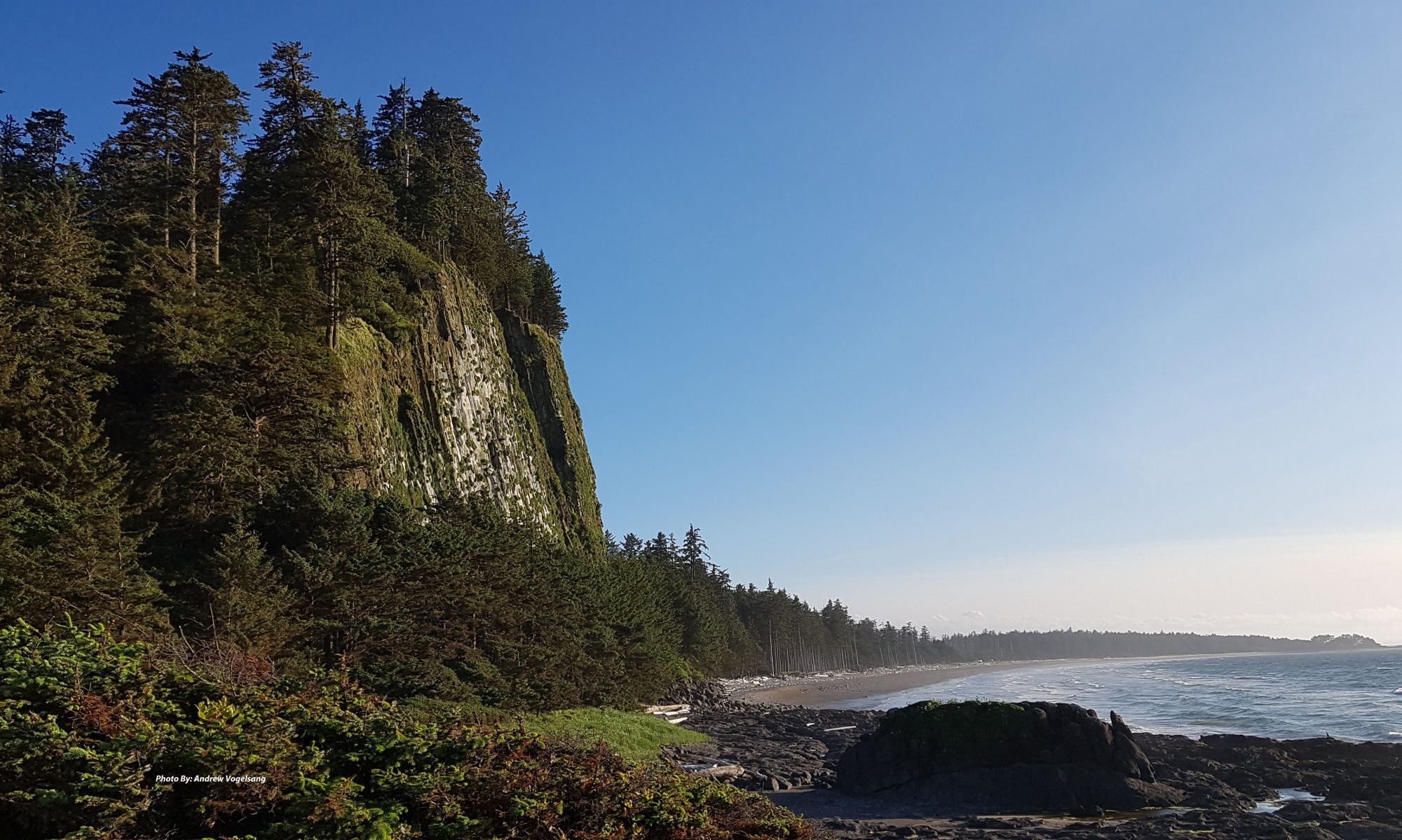
Photo by Trent Szmolnik on Unsplash
When considering the blogs and reflections for this course, I found myself wondering what I should focus on. Is it the new tech I am learning? The full details of the tech I use to make digital stories? There are so many options that I found myself flip-flopping on the best method. I have decided that my blogs for this class are going to be based on the journey of creating our final group project for this course. I am going to take a deep dive into how we as a group; plan, storyboard, record, edit, and polish the film. In this case, the course project is going to be an introductory mini-documentary for our group’s final MEd project on Truth and Reconciliation.
Mental planning, pre-storyboard.
The first step is to decide the length and what we need in it. The length is key, as we do not want it so long as to dilute the message; nor too short and leave a lack of clarity. We as a group have decided on 7-10 min (that is not as much time as you think). Next, you have to decide what is included to tell the story. We have decided ours will contain interviews, music, and b-roll footage as a visual enhancer. After we have decided this, we start to put it together in our heads.
I have learned from past experience that more footage is better, as it allows you some wiggle room in what makes the composition come together. With the interviews, we have decided to interview elders from the communities around us, district staff, former students, and ourselves. We are going to ask a series of open-ended questions and just go with the conversation. This will ensure that we are getting the essence of their voice on the subject. We will let the people we are interviewing know that there will be edits, and they will be able to see the final piece before publishing to ensure they are not misrepresented. With the time restraints on the piece, we have to make cuts. However, that doesn’t mean that we cannot share the full conversations as a podcast, attached to the piece, highlighting interviewees’ stories further, while at the same time, letting others know we are staying true to the conversations in our edits.
I tell my Visual Arts and Media students when they are designing their projects, “start with pretending you are watching it and visualize what it will look like on-screen. How will it start, what is the middle, and what note does it end on, what music/mood do you want to create, and then start planning it out.” When I am planning a project like this, I watch it in my head and keep tweaking it until I get to that moment where I know it feels right. Though I have filmed nothing towards the project, and have 0 content, I can look at the feel, style, and structure I want to incorporate (that is my base). The main way to operate like this is to acknowledge the inevitability that how you envision it going is going to change with the content. Being honest with the footage, and allowing that footage to tell the story, is the MOST important thing. As a storyteller, it is important that the product is authentic, not forced. Our idea as to how this will look must be fluid, however, that does not mean we ever go into a project like this without the structure, the mental planning, and the storyboarding in place.
Next week Gary, Deidre, and I will be starting the process of confirming interviews and storyboarding the mini-doc.

Using this as practice for the “real” thing is a great double-dip idea. I look forward to learning from you mistakes and copying what your group excels at.
Glad you figured out which angle to write your blog posts ..:)
Do you use any storyboarding tools with your classes? If so, do you have any recommendations for our group? Verena 🙂
I will put up exemplars from my students.
This is going to be exciting Andrew. I can’t wait until we get rolling 🎬🎥
Great post! This gives me some ideas for future projects I could do with my students. I am excited to see your final project!
Like!! Thank you for publishing this awesome article.